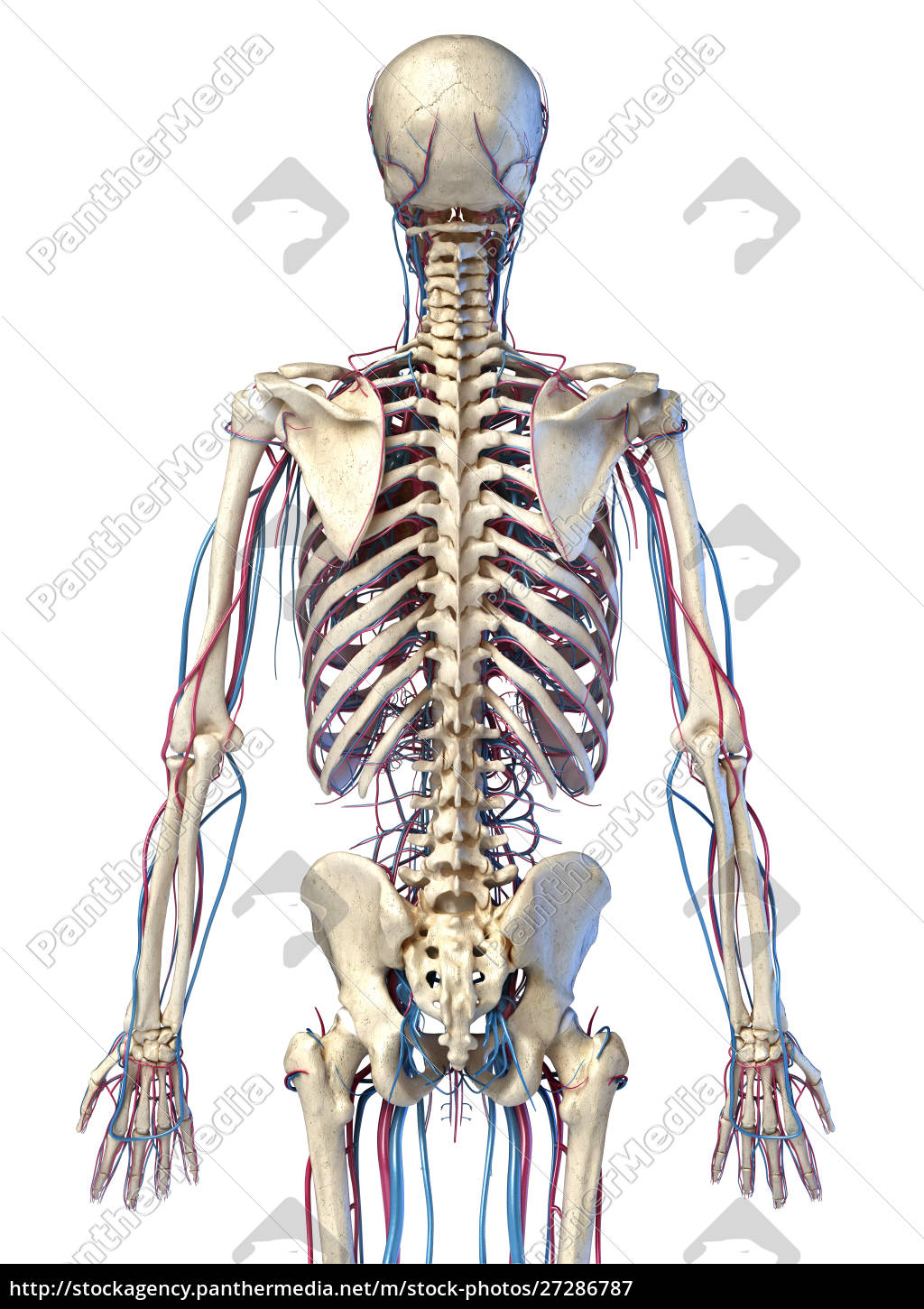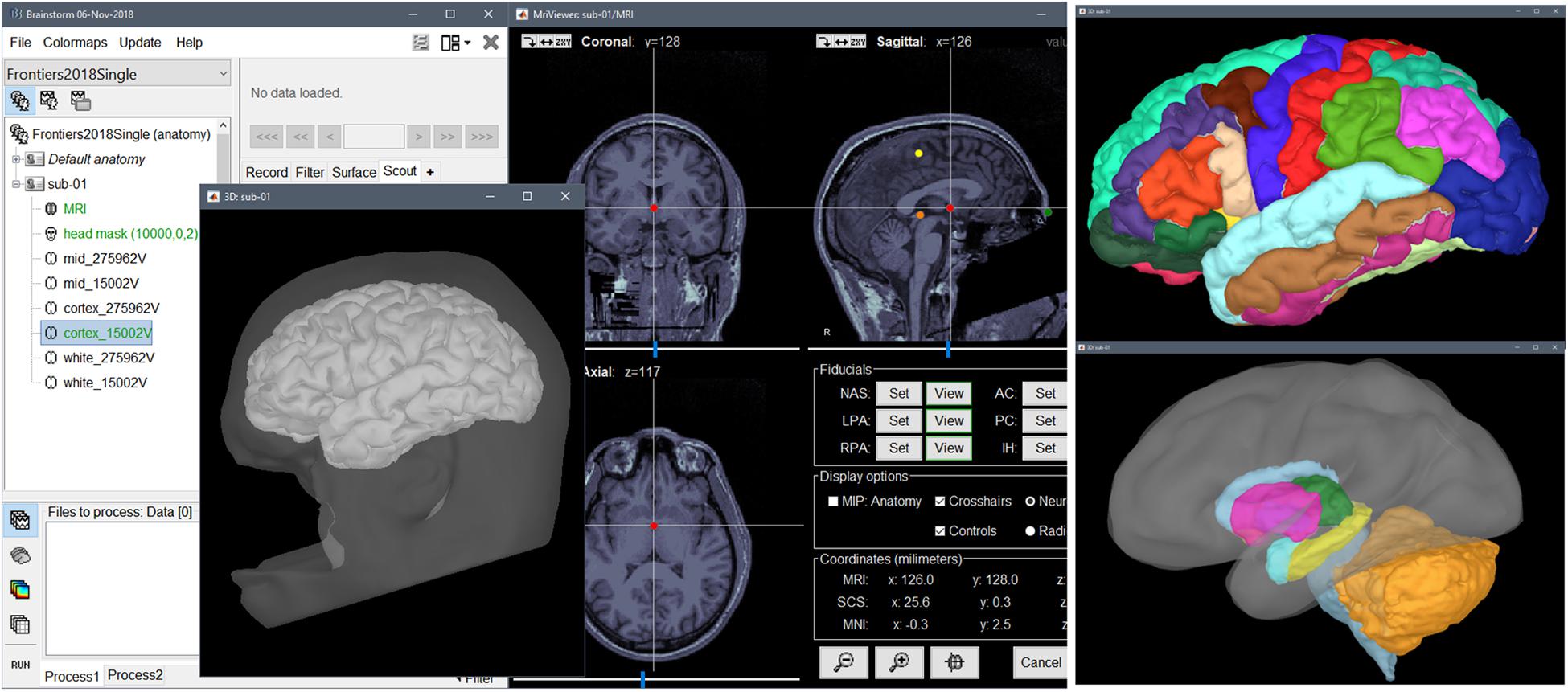

Finally, it presents the relevant parts of the API from a developer's perspective. It next describes how that model operates in the simple case of a standard computer screen without head tracking-the most common case. This chapter first explains why Java 3D chose a different view model and some of the philosophy behind that choice. The application controls the ViewPlatform's position and orientation the renderer computes what view to render using this position and orientation, a description of the end-user's physical environment, and the user's position and orientation within the physical environment. This model distinguishes between how an application positions, orients and scales a ViewPlatform object (a viewpoint) within the virtual world and how Java 3D's renderer constructs the final view from that viewpoint's position and orientation. Java 3D's view model achieves this versatility by cleanly separating the virtual and the physical world. It also means that the same application, once again without modification, can render stereoscopic views and can take advantage of the input from a head-tracker to control the rendered view.

This "write once, view everywhere" nature of the new view model means that an application or applet written using the Java 3D view model can render, without modification of the scene graph, images to a broad range of display devices including standard computer displays, multiple-projection display rooms, and head-mounted displays. Java 3D introduces a new view model that takes Java's vision of "write once, run anywhere" and generalizes it to include display devices and six-degree-of-freedom input peripherals such as headtrackers.


 0 kommentar(er)
0 kommentar(er)
